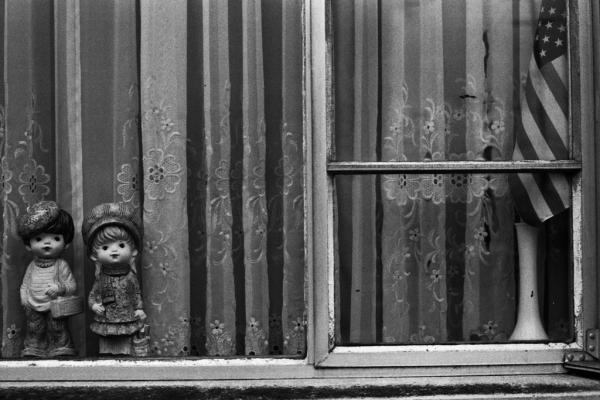Mar 8, 2016
Some commentators say this season is anxiety-inducing but temporary, the moment when white Americans are realizing their way of life is over. But Dr. Jennifer Richeson's findings, with Northwestern colleague Maureen A. Craig, say something else: Unaffiliated white Americans, including those with progressive, moderate, and conservative leanings, express more racial bias when confronted with news of a majority-minority future — and, in a further study, demonstrate a tendency to shift right on race-related policies.
Read the Full Article

Already a subscriber? Login
